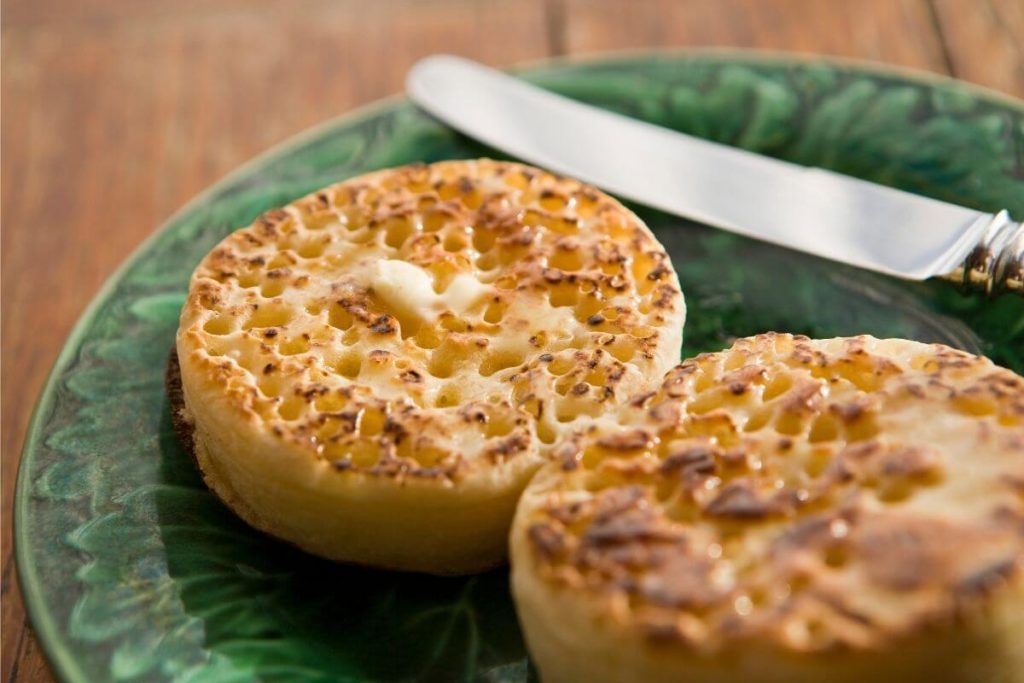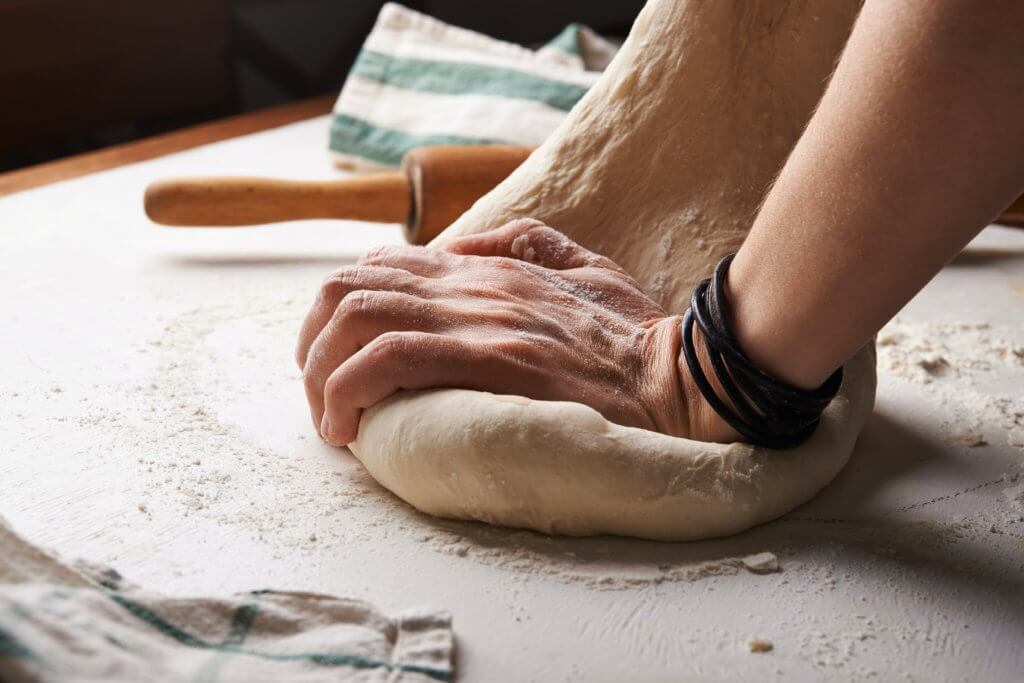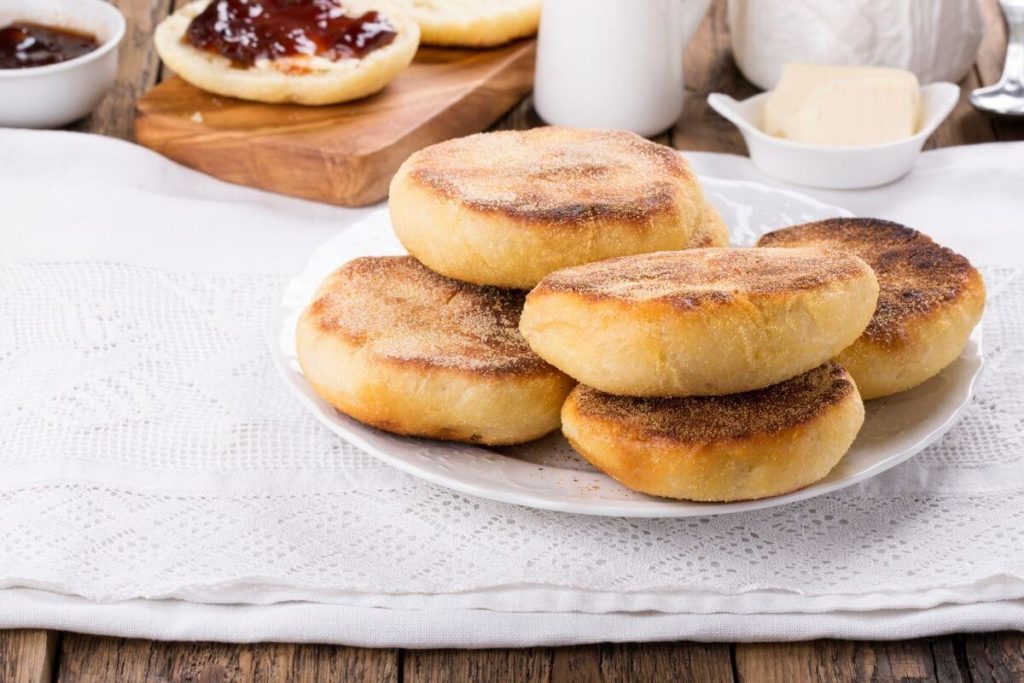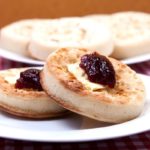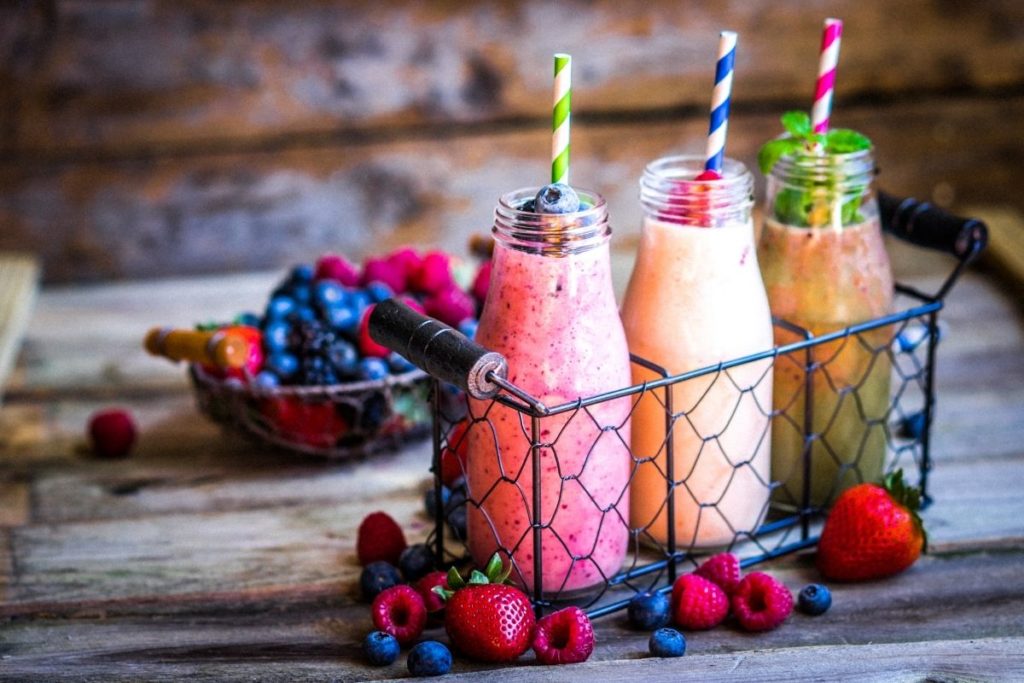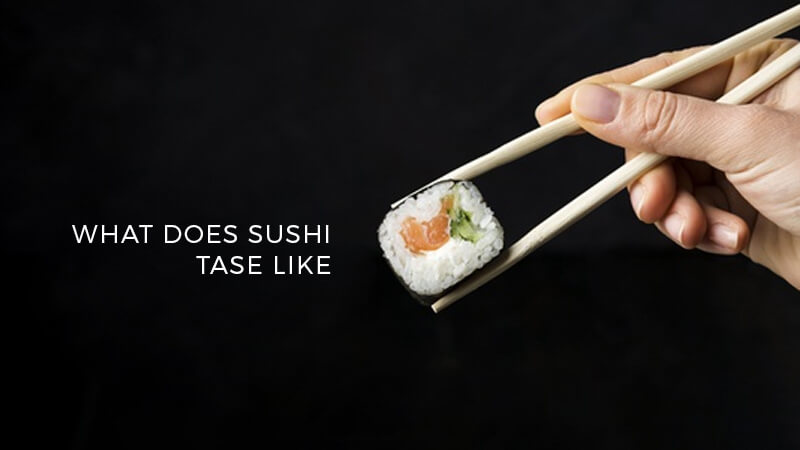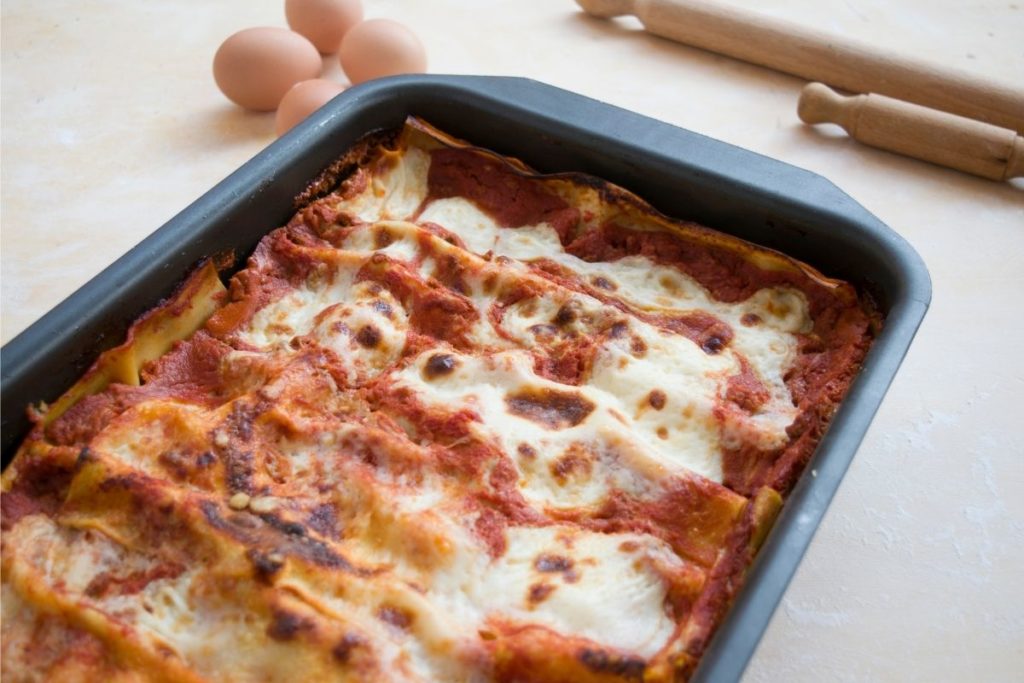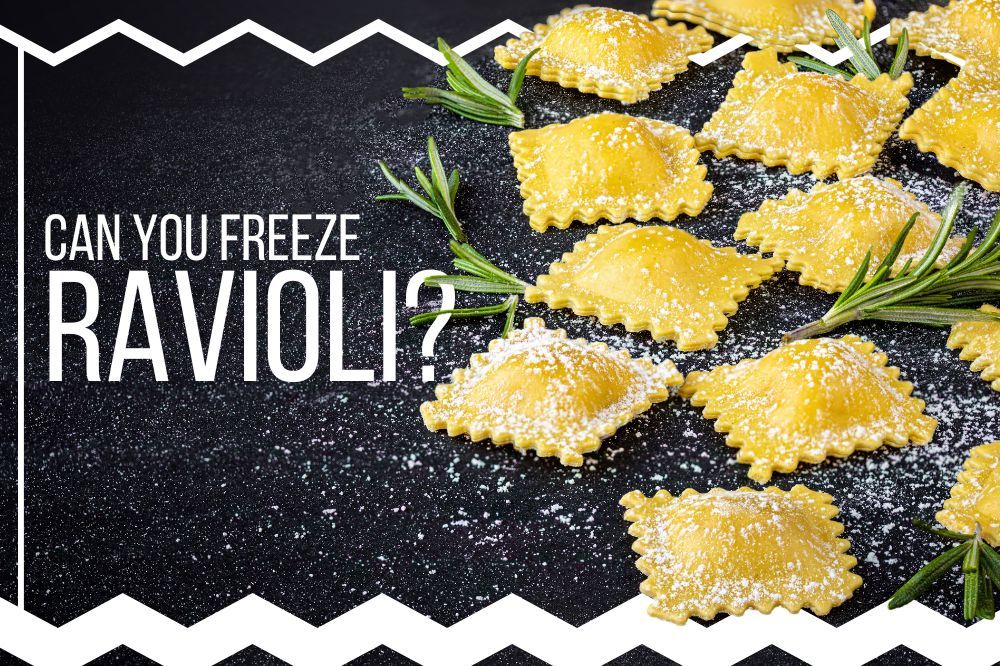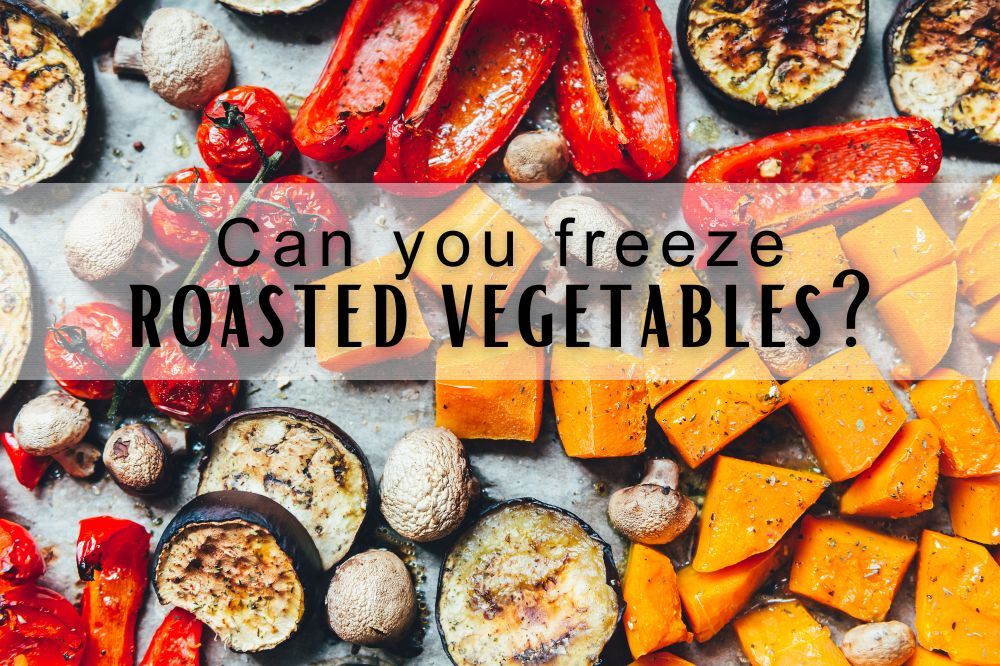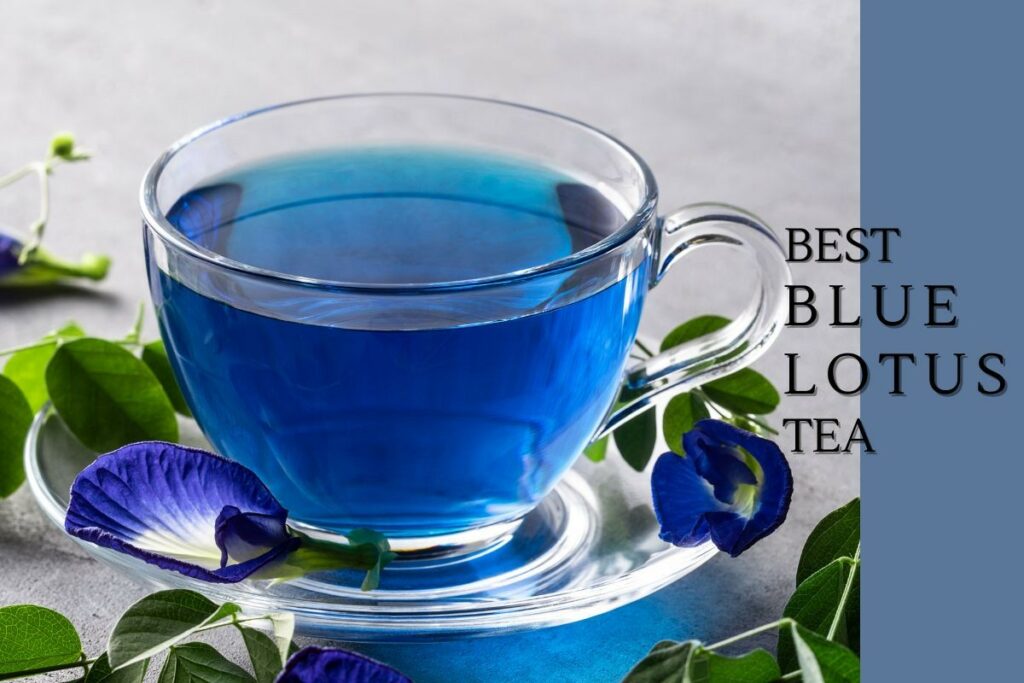Crumpets vs English Muffins: What’s the Difference? (2025)
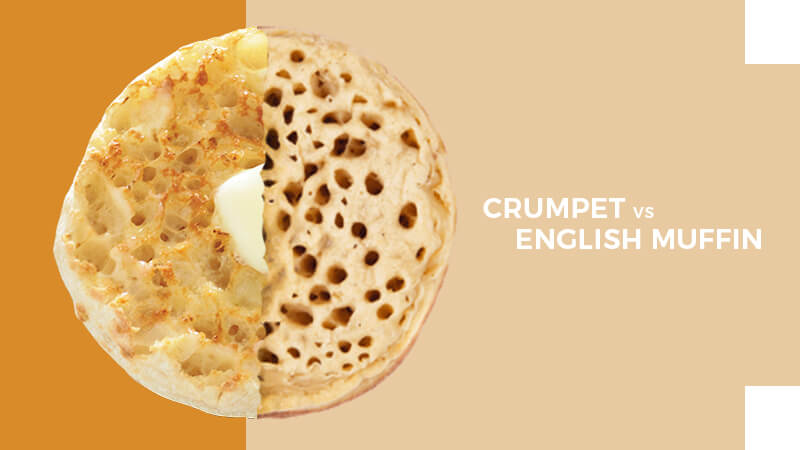
Are you curious what is the difference between crumpets and English muffins? Stick around as we explain how you can tell them apart.
To the untrained eye, foods that look similar are probably the same dishes. However, there are foods that may have similarities in appearance but have essential differences that make them the preferred component for their particular purpose.
Two of the most confusing items are crumpets and English muffins. The two looks alike but are used for different types of dishes.
If you are having trouble differentiating these two items, then this guide can help you understand their distinct characteristics. Keep reading.
Crumpets and English Muffins: What Are They?
When talking about what makes each distinctive, it is important to first see what makes them similar.
Both are circular bread-like dishes often served during breakfast. They are both made using a griddle which gives them their circular shape.
As morning meals, they are eaten with butter, jam, and honey, but they can also go with savory fixings.
Crumpets vs English Muffins: The Main Differences
Now that you know the basic similarities of these two dishes, it will be easy to differentiate them by looking at their main differences. Check them out.
-
Origin
Given the names of the two food items, which do you think originated in England? If your answer is the English muffin, then you are wrong.
It was actually created as an alternative to the original English crumpet by an English immigrant in the United States, Samuel Bath Thomas. Back in 1874, Thomas moved to New York City from Plymouth, England. In NYC, he ran a bakery where he invented toaster crumpets, which are now known as English muffins after they were trademarked in 1926.
On the other hand, the basis of Thomas’ “toaster crumpet” is the English crumpet. This original crumpet is believed to have roots in Celtic cultures.
The earliest known reference to this dish comes from John Wycliffe, an English Bible Translator, who wrote about the “crompid cake,” which is thought to refer to the Celts’ “thin, flat cake.”
It is highly reminiscent of a pancake, except that it is thicker and smaller.
-
Ingredients
The most essential difference between the two lies in the ingredients used to make them. Crumpets are made with milk and baking soda and powder, which makes their batter looser.
This means that it is made from a high-hydration dough, usually with 90% hydration or more.
English muffins traditionally do not have milk in the recipe, but some versions are made with milk.
However, the main difference is that these use yeast or sourdough, giving them a higher rise than crumpets. Baking soda is also sometimes added to give a better rise.
These muffins are made from firm dough instead of loose batter.
-
Preparation
As mentioned, both dishes are cooked on griddles. However, crumpets are cooked only on one side.
Combined with the loose batter, this cooking method gives the finished product its characteristic holes on top.
Some like to finish cooking their crumpets by flipping them on the pan to cook the other side, while others cook them in a toaster.
Meanwhile, English muffins are always cooked on both sides. This gives each side a toasted look and feel. Some people finish cooking their English muffins in the oven.
-
Texture
Because of the different key ingredients for both dishes, each of them has a distinct texture. Crumpets are usually softer and have a cake-like texture because of the high-hydration batter.
They also tend to rise less than English muffins because they do not have yeast or sourdough. On the other hand, English muffins tend to have a bread-like texture because of the firm dough and yeast or sourdough content.
They also rise higher compared to crumpets.
-
Way of Serving
When served, crumpets are simply topped with butter, jams, and honey. The holes on top make them great for absorbing butter.
You can usually get them for lunch and afternoon tea. And they are usually served with sweet spreads, but you can definitely experiment and try savory sides such as sausages, bacon, and eggs.
English muffins, on the other hand, are served split in the middle and filled with whatever sweet or savory items you choose.
Usually, they are served with sausage, eggs, or bacon, complete with beans or cheese. You can also have chips on the side.
Because of their bread-like texture, they are a great alternative to toast and are definitely filling when eaten for lunch or breakfast.
Conclusion
Now that you know how crumpets and English muffins differ, you can now get the type of dish you prefer. Or, you can simply make them yourself and see how different they are in terms of ingredients and preparation.
By cooking them yourself, you will be able to get a deeper understanding of their distinct characteristics.
Print4 Best Crumpets Recipes
Check out these great Crumpet Recipes that have been shared on Pinterest.
Instructions
- Click on each link above to view the pin and recipe.
- Obtain all the necessary ingredients to make the recipe.
- Follow the steps to create your dish.
- Enjoy your delicious meal =)
you may also like
well hello there!

Hi, I'm Linda thanks for stopping by! We're so happy you're here. If you're a foodie and love to cook from home - you're in the right place..
LEARN MORE
free newsletter
Join the mailing list and receive our free newsletter!
recent posts
let's be social
search site
Recipe Marker
Recipe Marker provides you with the best information about home cooking tips, recipes, ingredient substitutes and more. Check out our blog to see the latest articles.
Copyright © 2024 Recipemarker.com | All Rights Reserved | Privacy | Disclaimer | Contact
